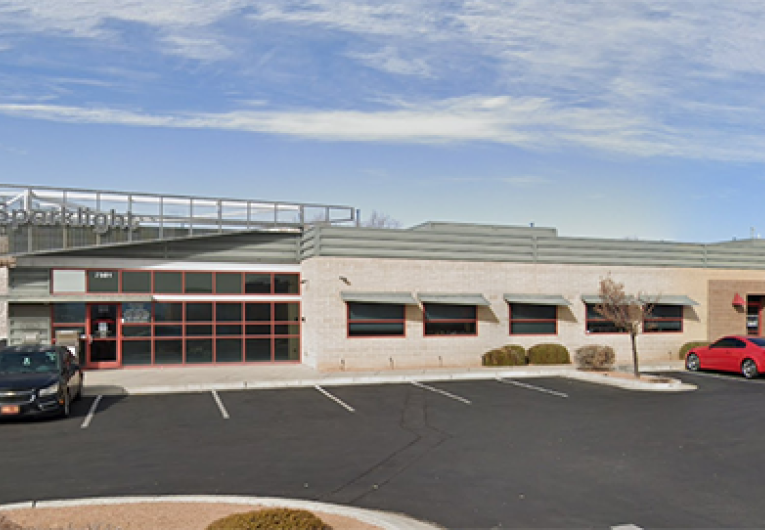
Metro Ethernet Vs. Carrier Ethernet
Choosing a reliable Ethernet plan can be confusing. Terms like “business Ethernet,” “Metro Ethernet” and “Carrier Ethernet” are often mixed up, which can result in businesses choosing an internet service that may not best suit their needs. Not all Ethernet services are created equal, and you should understand the difference between a Metro Ethernet connection and Carrier grade Ethernet.
What Is Metro Ethernet?
Generally speaking, Metro Ethernet refers to an Ethernet network deployed in a metropolitan area. Internet service providers have equipped most metro locations with fiber internet access, allowing users to connect to a public network.
Businesses also use Metro Ethernet to physically connect multiple locations to a network via an Ethernet Private Line. This method provides advantages in terms of cost, speed and security.
What Is Carrier Ethernet?
Carrier Ethernet leverages high-bandwidth Ethernet technology to enable internet access and communication between local area networks (LANs). Initially, Carrier grade Ethernet was synonymous with Metro Ethernet. As internet technology rapidly evolved throughout the 2000s, the term Carrier Ethernet also evolved to include many other Ethernet services and now facilitates long-distance data sharing among businesses and other organizations.
Businesses use Carrier Ethernet to overcome the slow data transmission associated with traditional Ethernet when too many computers or servers attempt to connect to the host.
Metro Ethernet vs Carrier Ethernet
While similar in function, Metro Ethernet and Carrier Ethernet differ in their scope of usage. While Carrier Ethernet may include Metro Ethernet, the latter does not include the former. Carrier Ethernet is much more versatile and has evolved since its inception in the early 2000s, when Metro Ethernet was the standard. Since then, Ethernet has undergone many transformations, with speeds of 10 Gbps surfacing between 2010–2011. Most service providers will refer to large-scale Ethernet solutions as Carrier Ethernet.
How Does Carrier Ethernet Work?
As its name suggests, Carrier Ethernet is monitored and deployed by a carrier, usually an internet provider. Traditional Ethernet connections can perform poorly under heavy access; Carrier Ethernet, on the other hand, can be divided across copper cables, Wi-Fi, satellite internet and Ethernet cables as needed to deliver fast, versatile network access. This gives businesses more options in structuring their operations and more integration across multiple locations and devices.
Benefits of Carrier Ethernet
Carrier Ethernet provides many advantages over traditional Ethernet services. It costs significantly less per megabit, delivering high value for businesses that use high volumes of bandwidth. Carrier Ethernet is also easy to scale without the hassle of complicated re-installations or setup issues. For example, you can choose 100 Mbps speeds initially, then upgrade to 10 Gbps as your business expands. Lastly, Carrier Ethernet includes convenient resources that allow for user-friendly troubleshooting and monitoring.
Contact Us Today!
Choose an Ethernet carrier that understands your needs and provides the reliable service you deserve. Call Cable ONE Business to learn more about Ethernet solutions.
The trends, insights, and solutions you need to grow your business.
By signing up, you’re subscribing to our monthly email newsletter, The
Wire. You may unsubscribe at any time.
Your information stays safe with us. Learn more about our privacy
policy.











![[#MSP_NAME#] Logo](/themes/sparklight_business/images/transition-logos/migration-banner-logo-[#MSP_CD#].png)
